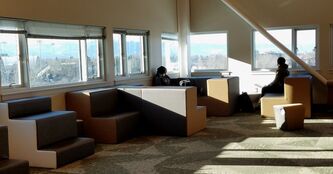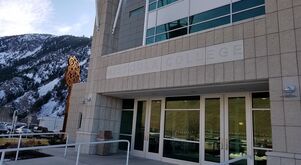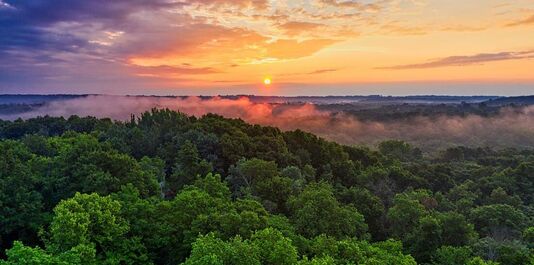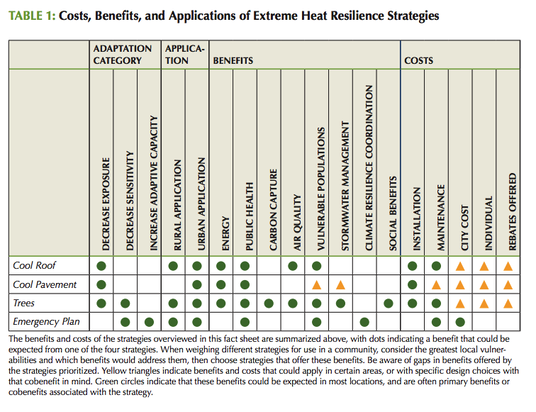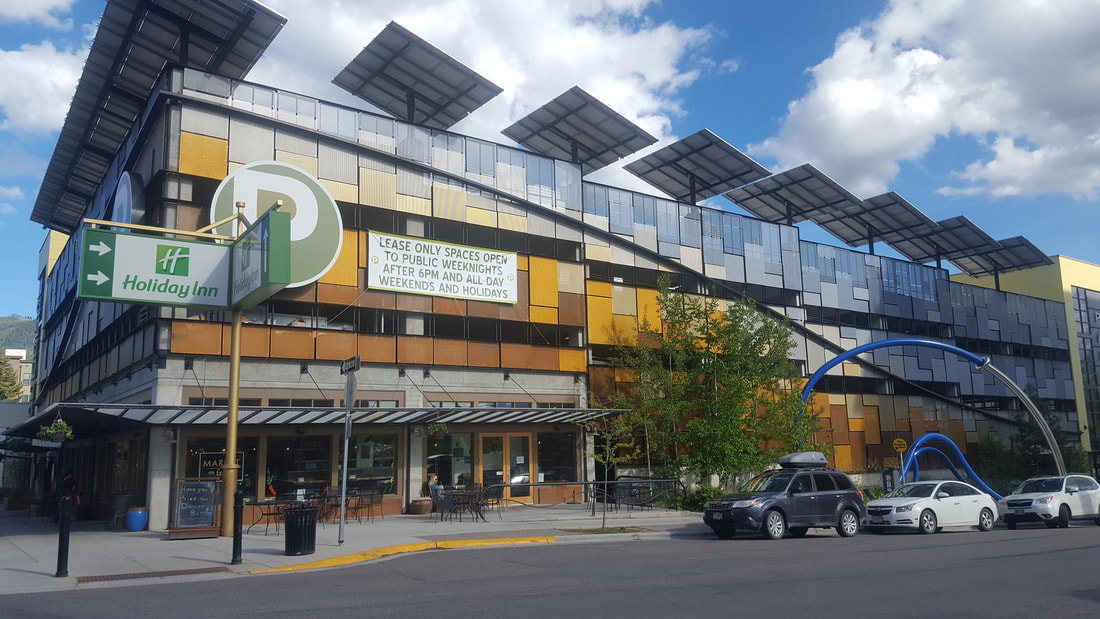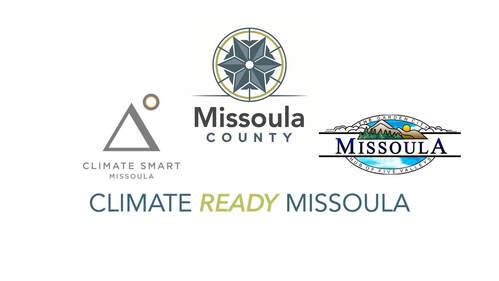Developing Best Practices for Addressing Extreme Heat
Hotter temperatures is an identified risk in our Climate Ready Missoula plan (see this page), and the plan suggests goals and strategies to address heat. We are particularly compelled to understand how best to safeguard human health during heat waves. In 2022 we began background research to help us develop a heat response plan for Missoula County. To that end, Morgan Miller, a Master of Public Health student at the University of Montana, interned at Climate Smart Missoula (spring 2022) to research what communities across the US were doing to prepare for extreme heat. The results of her search were compiled in a spreadsheet database and major findings are shared below. To learn more about these results, contact Amy: [email protected].
Extreme heat is an emerging issue across the globe that negatively impacts many lives through heat-related illness and death, worsening drought, food supply, and nutrition, and aggravating mental health issues. Extreme heat doesn't affect everyone equally though. Populations that experience worse impacts from extreme heat, or are more vulnerable to it, include older adults, infants and children, lower-income households, outdoor workers, indigenous populations, and people with chronic medical conditions. As Morgan learned, many of the effects of extreme heat are preventable - the time to act is now!
Extreme heat is an emerging issue across the globe that negatively impacts many lives through heat-related illness and death, worsening drought, food supply, and nutrition, and aggravating mental health issues. Extreme heat doesn't affect everyone equally though. Populations that experience worse impacts from extreme heat, or are more vulnerable to it, include older adults, infants and children, lower-income households, outdoor workers, indigenous populations, and people with chronic medical conditions. As Morgan learned, many of the effects of extreme heat are preventable - the time to act is now!
Interventions to Prepare & Adapt
Missoula can learn from communities that have been feeling the heat for a while and have adapted. The strategies highlighted below have been used in a variety of settings across the US and may be a starting place to create an extreme heat action plan.
|
Cooling centers are air-conditioned or cooled buildings in the community that are designated as a site to provide cooler temperatures and safety during extreme heat. (see this source: p.29)
These can also include: Resilience hubs go a step further and provide shelter and other needs in the event of an emergency or disaster. Toolkits can help communities and individuals get started on extreme heat solutions.
Extreme Heat Plans are important as they guide actions. They can be comprehensive, outlining prevention and adaptation strategies, or be a simple plan on how organizations will communicate and mobilize in the event of an extreme heat wave. The CDC has a step-by-step guide for building comprehensive heat response plans. A few example plans are:
|
Increasing vegetation and green space is an effective way to reduce heat and bonus - it's good for mental health too! Check out how Boston is encouraging more tree plantings. Improving energy efficiency and cooling properties of the built environment (buildings, streets, city systems and infrastructure, etc.) have a two-fold benefit: reducing heat effects and reducing costs.
Below is a comparison of the costs, benefits, and applications of a few built environment strategies. Learn more about the analyses here. |
|
Community engagement is critical to the success of any heat strategy or intervention. When done effectively, it gives voice to those most impacted by heat, builds trust and buy-in, and can help identify and address equity issues.
Some examples of creative community engagement are:
|
|
Summer 2022 - what are we in Missoula doing to prepare for extreme heat?
Next Steps:
- Vulnerable population assessment & planning
- Community engagement
- Expand current efforts
- Multifunction design - heat, drought, wildfires, air quality
